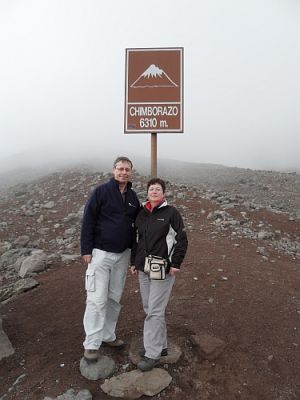 Technology Review, September 3, 2008
Technology Review, September 3, 2008
Note Ary: Why is this something that scares me? Is it the tracing of individuals as being part of something you don't want to be part of ?
Researchers create a picture of Europe by mapping genetic variation among Europeans.
Scientists have shown that they can use genomic analysis to pinpoint a person's geographical origins to within just a few hundred kilometers. Besides offering possibilities for the testing of genetic ancestry, the research could also have important implications for understanding the role of genes in complex diseases and other genomic-based health studies.
By plotting the differences between genetic variations of 3,000 Europeans in a two-dimensional grid, the researchers were able to reveal a pattern that looks remarkably like Europe. The scientists included researchers from Cornell University; the University of California, Los Angeles (UCLA); the University of Chicago; and the University of Lausanne, in Switzerland. The findings appear in this week's issue of Nature.
Others have recently published similar research, in Current Biology, says John Novembre, a coauthor of the Nature paper and an assistant professor at UCLA. But the latest study goes further, by using algorithms to try to predict a person's geographical origin based purely on his or her genetic variations, with a high degree of accuracy. The scientists were even able to reveal patterns of origin distinguishing French-, German-, and Italian-speaking groups within Switzerland.
Read the whole story>>
woensdag 3 september 2008
A Gene Map of Europe
Gepost door
Ary Stuifbergen
op
16:34
![]()
![]()
Labels: 1. Technews, 6. Wondere wereld
Abonneren op:
Reacties posten (Atom)

Geen opmerkingen:
Een reactie posten